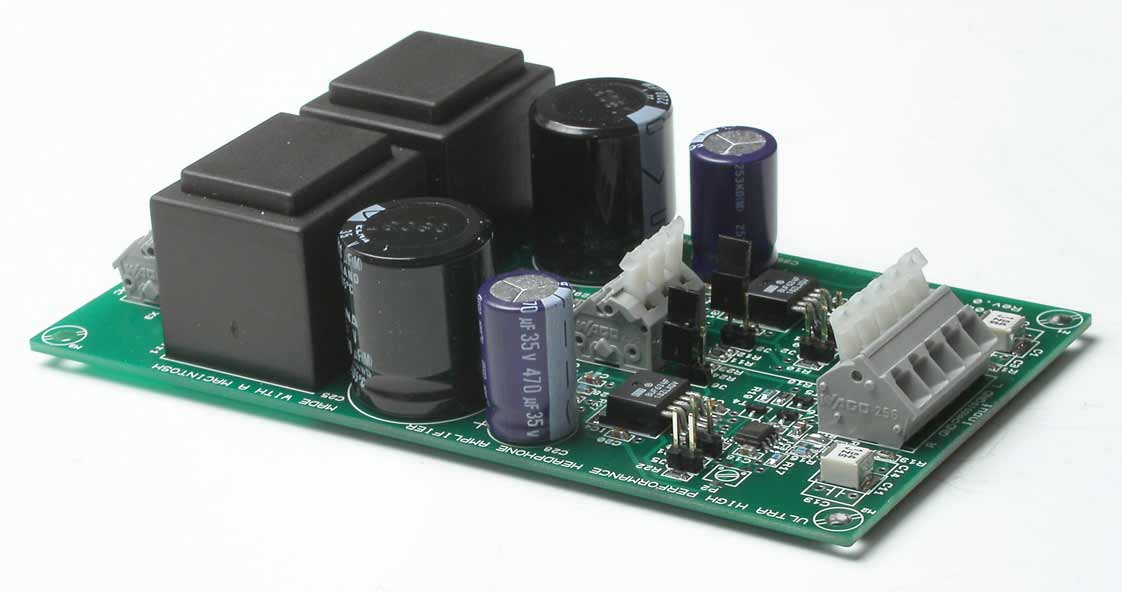peranders
Member of the Trade: Sjöström Audio
- Joined
- Jan 11, 2002
- Posts
- 691
- Likes
- 11
Quote:
The difference between these two is only the offset voltage, otherwise the same performance. How can you recognize a DC parameter? I know that the "better" selection has a higher price. Can it be that?
| Originally Posted by majkel /img/forum/go_quote.gif This one is a smoother and fuller sounding version of the AD797. Switching from the ANZ to the BRZ series is like going vinyl instead of digital. Everything is smooth to the moment your music craves for the harsh texture like aggressive violin passages, distorted guitars, or stronger double bass phrases. |
The difference between these two is only the offset voltage, otherwise the same performance. How can you recognize a DC parameter? I know that the "better" selection has a higher price. Can it be that?









